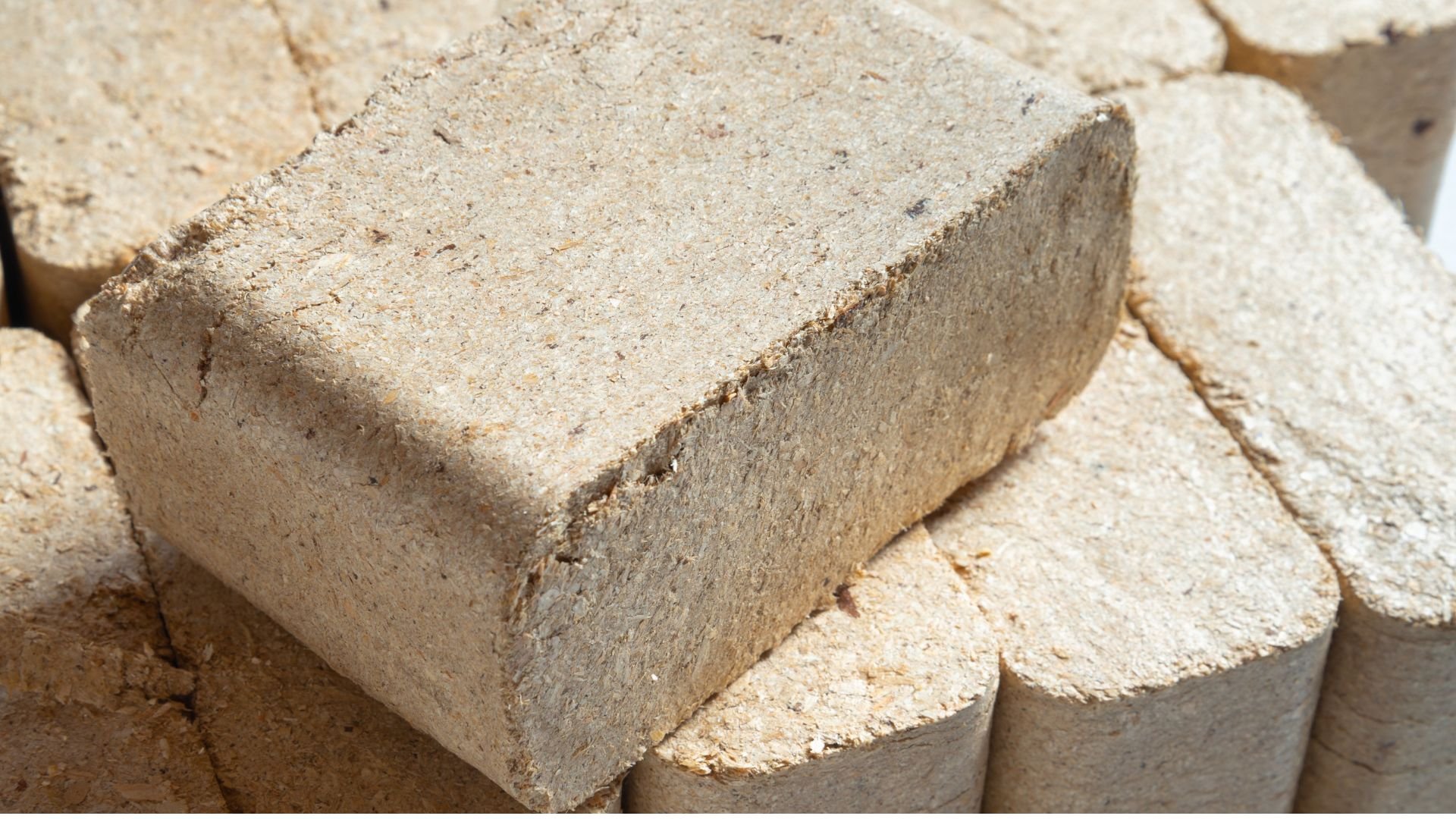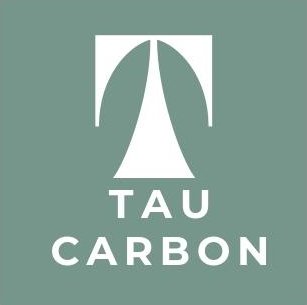
FREQUENTLY ASKED
QUESTIONS
How can biomass decomposition be prevented?
Biomass decomposition is prevented if the storage environment is kept sufficiently dry and protected from precipitation. Dry conditions stop the fungi and microbes that normally decompose dead biomass into CO₂, methane and other gases. Wood that contains less than 20% moisture by weight does not decay biologically. This moisture content (20%) corresponds to a surrounding environment that is at 85% relative humidity. (For reference, the average annual relative humidity in all 50 U.S. states falls below 85%.) There are many examples of wood that has been preserved for millennia under such dry conditions in nature and archaeology.
How do you maintain dry conditions in the storage tanks?
Tau’s proprietary aboveground storage tanks keep rainwater out and away from the dry wood inside. However, even in deserts and other dry climates, the outdoor relative humidity fluctuates significantly between day and night and across seasons. Our storage technology solves this problem by buffering the conditions inside the tanks against swings in the outdoor relative humidity. Thus, we passively maintain the humidity inside our tanks near the average outdoor humidity, which is safe for dry wood storage, for hundreds of years.
How much room is needed to store all the wood?
We store dry densified wood waste aboveground in modular tanks, because aboveground storage is surprisingly compact. For example, in a container that's 20 feet tall, we can store ~40,000 tons CO₂e (~23,000 tons of dry densified wood) on just 1 acre.
Where will you get the wood waste and how much of it is available?
One attractive source of wood waste is forest thinning, during which excess (and usually non-merchantable) biomass is removed from forests to reduce the risk and intensity of wildfires. In California alone, planned increases in forest thinning to mitigate wildfires are expected to generate 15.1 million dry tons/year of wood waste (equivalent to 27.2 million tons CO2/year). (Source: Getting to Neutral: Options for Negative Carbon Emissions in California, Jan. 2020, available at https://gs.llnl.gov/sites/gs/files/2021-08/getting_to_neutral.pdf.) Similarly large quantities of non-merchantable wood waste are available near forests throughout the western United States.
What are the co-benefits of Tau’s storage of dry densified wood waste?
In addition to creating good jobs in rural communities, the 2 main co-benefits of Tau’s wood storage are (1) the reduction of air pollution from open pile burning of wood waste; and (2) the incentivization of forest thinning (since Tau generates value from non-merchantable wood waste that is otherwise costly to dispose of). Increased forest thinning both improves forest health and reduces the risk of catastrophic wildfires.
Is there any chance that Tau’s stored wood will emit methane?
No. Even if water gets into Tau’s containers, the oxic (O₂-rich) conditions inside the container would result in aerobic decomposition of the wood to CO₂. In other words, even if Tau’s stored wood were to get wet enough to rot, the presence of oxygen would make methane emissions from anaerobic decomposition impossible.
Why not use this wood waste for something else?
No one is doing anything useful with it. The wood waste that Tau stores is non-merchantable, which means that it is undesirable for traditional uses such as lumber and furniture. (Non-merchantable wood waste usually comes from small-diameter trees, and it also comes from trees that have been killed by insects, diseases, drought, and/or forest fires.) In addition, the huge quantities of non-merchantable wood waste that are available far exceed the demand for wood as a feedstock for bioenergy or pyrolysis. The result is that ~80% of forest thinning wood waste in California is either burned in piles or left to rot (usually as wood chips that are left in the forest and therefore decompose rapidly). Thus, Tau’s storage of this wood for CO₂ removal is fully additional.
